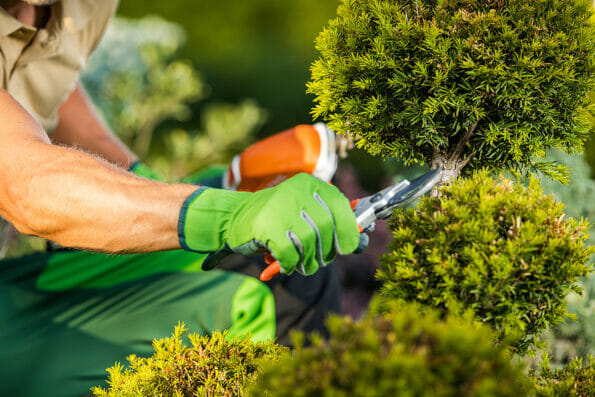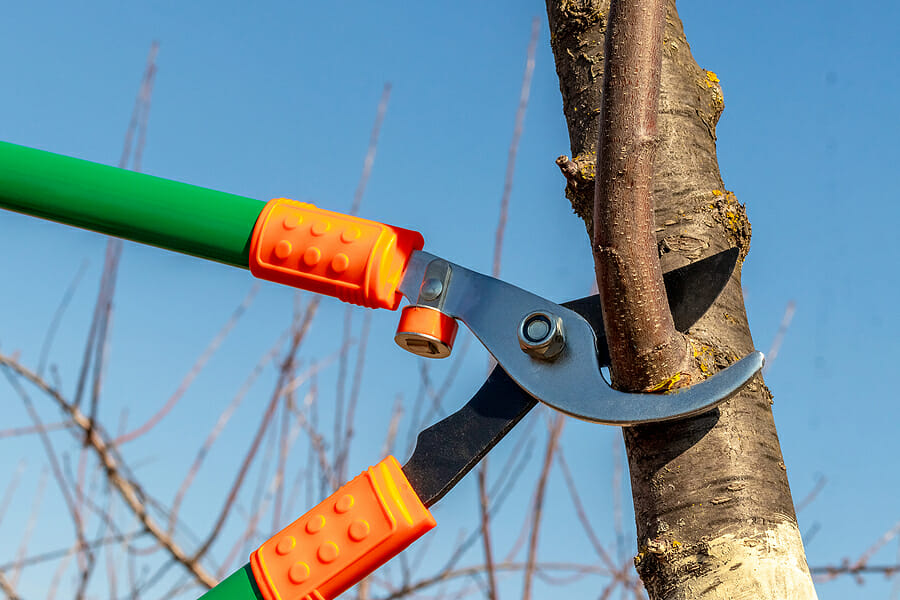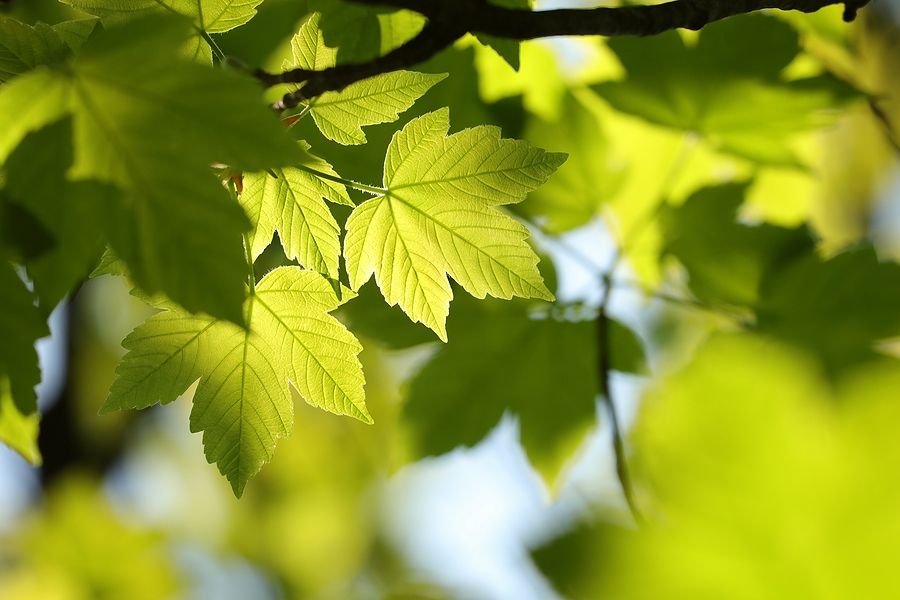You have undoubtedly heard the phrase “pruning” thrown around as a gardener. It is often used to describe something that can be done to plants—cutting off parts to maintain their health and appearance. But did you know there are five different types of pruning? Each type has its purpose and benefits for your garden, but knowing when and how to use them can sometimes be confusing.
In this article, we will explore the six kinds of pruning and help you better understand which one(s) should be employed when maintaining your garden’s vegetation. Read on to learn more about each technique.
Crown pruning
Table of Contents
Crown pruning is a great way to maintain the health and vigor of trees. It involves skillful cutting of selected branches back to a lateral bud to encourage new growth in the desired direction. A correctly done crown pruning can equalize the distribution of live foliage, balance the shape and size of the tree, reduce its vulnerability to storms, and make it look aesthetically pleasing.
It is essential to consult with a professional before attempting anything as complicated and delicate as pruning since it can damage a tree if done incorrectly or too aggressively. It’s incredible how one low-cost procedure can drastically improve the well-being and beauty of an entire tree. Pruning maple trees, for example, is an effective way to maintain the health and aesthetics of a maple tree.
Thinning pruning
Pruning and thinning can be daunting tasks for the novice gardener—it can feel like you’re taking away from the beauty your garden has grown so naturally. But proper pruning and thinning will make your plants look fuller, healthier, and stronger and help promote growth in a much more natural and concentrated manner.
Taking time to prune or thin is well worth it in the long run – you’ll harvest more beautiful blooms thanks to an improved shape and heightened structure. There’s no need to be scared – grab some pruning shears, put on some good music, and let the gardening hands do their work.
Heading pruning
Heading pruning is an essential and often overlooked part of gardening. In simplest terms, it involves cutting back certain plant branches that are no longer needed to ensure optimal health and development for the plant. While it might seem easy, heading pruning can be pretty delicate work — carefully balancing the requirement for faster growth and keeping at least a few buds in place. As such, it pays to research any shrub or tree you have before you start pruning, and always use sharp scissors or shears when making those crucial cuts.
Drop pruning
Drop pruning is a great way to lend shape and structure to your garden. It will result in better air circulation and light penetration and reduce the number of disease-causing pathogens that may find their way into the plants. This technique encourages healthier growth habits in plants by focusing on the more established regions and branches, forgoing those prone to disease or weak.
Surgical pruning and cleaning should always come before drop pruning, which should be done with extreme care as some parts of the plant may require special attention. When done correctly, this method can leave you with a flourishing garden.
Restoration pruning
Restoration pruning is a great way to restore an overgrown, unkempt garden. It entails cutting back, thinning, and selectively removing branches which encourages better air circulation, reduces shading, and increases light levels, making for a healthier plant. By allowing the proper sunlight in, you can encourage it to put more energy into flowering and fruiting so you’ll enjoy its bounty longer. If a tree’s branches have grown too thick or too close, they can create diseased spots in the canopy, which, once removed, can bring valuable nutrients back.
In addition, by reducing hazardous deadwood and crossing branches, you can provide safety when dealing with high winds. Restoration pruning is rewarding and satisfying and helps reduce diseases and pest infestations that occur when plants are crowded together.

Renewal pruning
Renewal pruning is a great way to rejuvenate and invigorate plants. It involves the removal of dead, diseased, or weak branches to allow for new growth. This method encourages the plant’s natural process of replacing old wood with fresh, new growth, which can result in more abundant flowering and fruit production.
This pruning should be done at least once every three years as it helps promote vigor and vitality for your plants. The best time to prune is either late winter or early spring before any growth begins—this will ensure that you are only removing what needs to be removed without damaging any potential buds or blooms.
In conclusion
Six main types of pruning can be done in a garden: maintenance pruning, heading pruning, drop pruning, restoration pruning, and renewal pruning. Each of these has its unique set of benefits and should be used to help promote healthy plant growth in the best way possible. If you take the time to understand each method and practice it correctly, your plants will thank you with beautiful blooms and fruits.
Image Source: BigStockPhoto.com (Licensed)
Related Categories: Garden, Reviews








